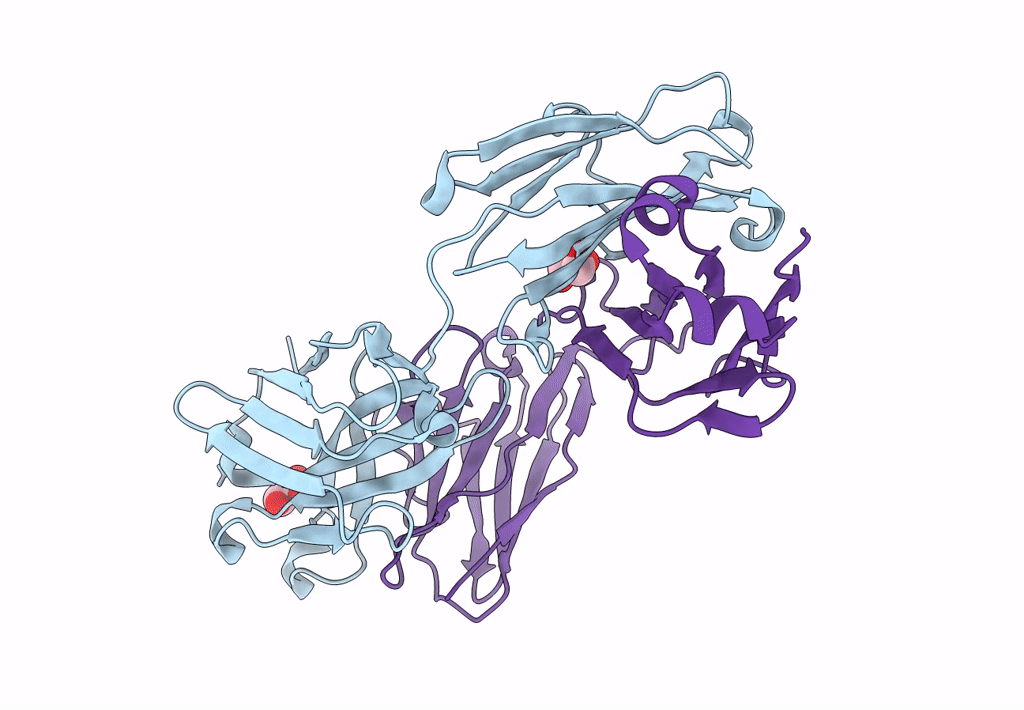
Deposition Date
2021-08-30
Release Date
2022-11-09
Last Version Date
2024-10-30
Entry Detail
PDB ID:
7S0J
Keywords:
Title:
Crystal structure of Epstein-Barr virus gH/gL targeting antibody 769B10
Biological Source:
Source Organism:
Homo sapiens (Taxon ID: 9606)
Host Organism:
Method Details:
Experimental Method:
Resolution:
2.15 Å
R-Value Free:
0.26
R-Value Work:
0.23
R-Value Observed:
0.23
Space Group:
P 1 21 1


